Something extraordinary — and unsettling — is happening just beneath the rippling surfaces of Georgia’s lakes and rivers. Imagine you’re strolling along a muddy riverbank and suddenly, out of the shadows, a fish slithers out of the water and starts crawling across the ground. It sounds like a scene out of a science fiction movie, but it’s shockingly real. The northern snakehead, a fish that can literally walk on land, has invaded Georgia’s waterways. Its arrival has sparked fascination and alarm in equal measure, raising questions about the delicate balance of nature, the risks of invasive species, and how a creature so bizarre could change everything for the state’s native wildlife.
A Monster Among Us: The Northern Snakehead’s Arrival
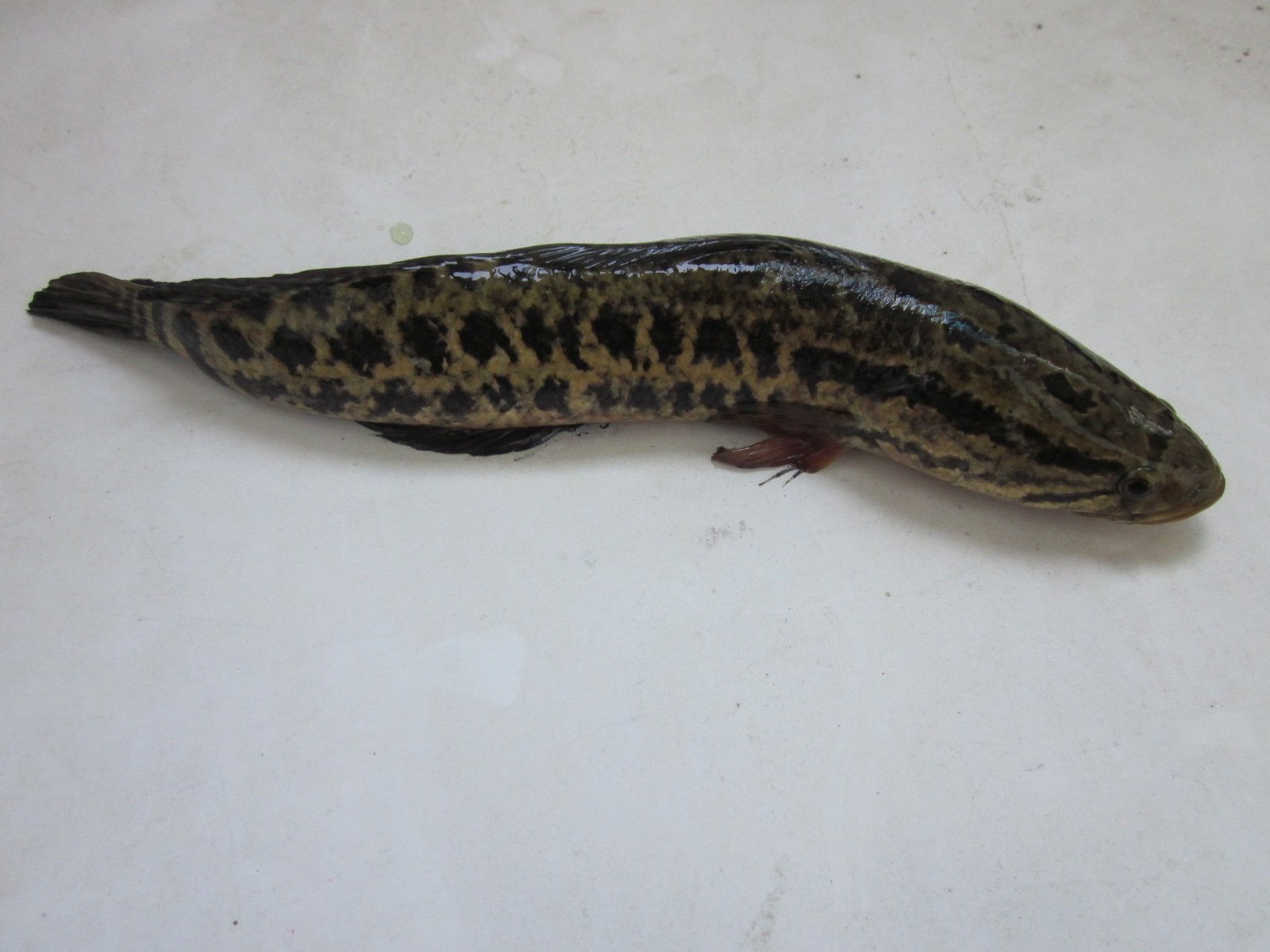
The northern snakehead isn’t your everyday fish. Originating from parts of Asia, this creature first appeared in Georgia’s waters in 2019. Fishermen and wildlife officials were stunned to find a species capable of surviving in both water and on land. Unlike local fish, the snakehead can breathe air and slither up to a quarter mile across damp ground. The shock of its discovery quickly turned to concern as experts realized the potential consequences for Georgia’s native fish and ecosystems.
Why Is This Fish So Strange?
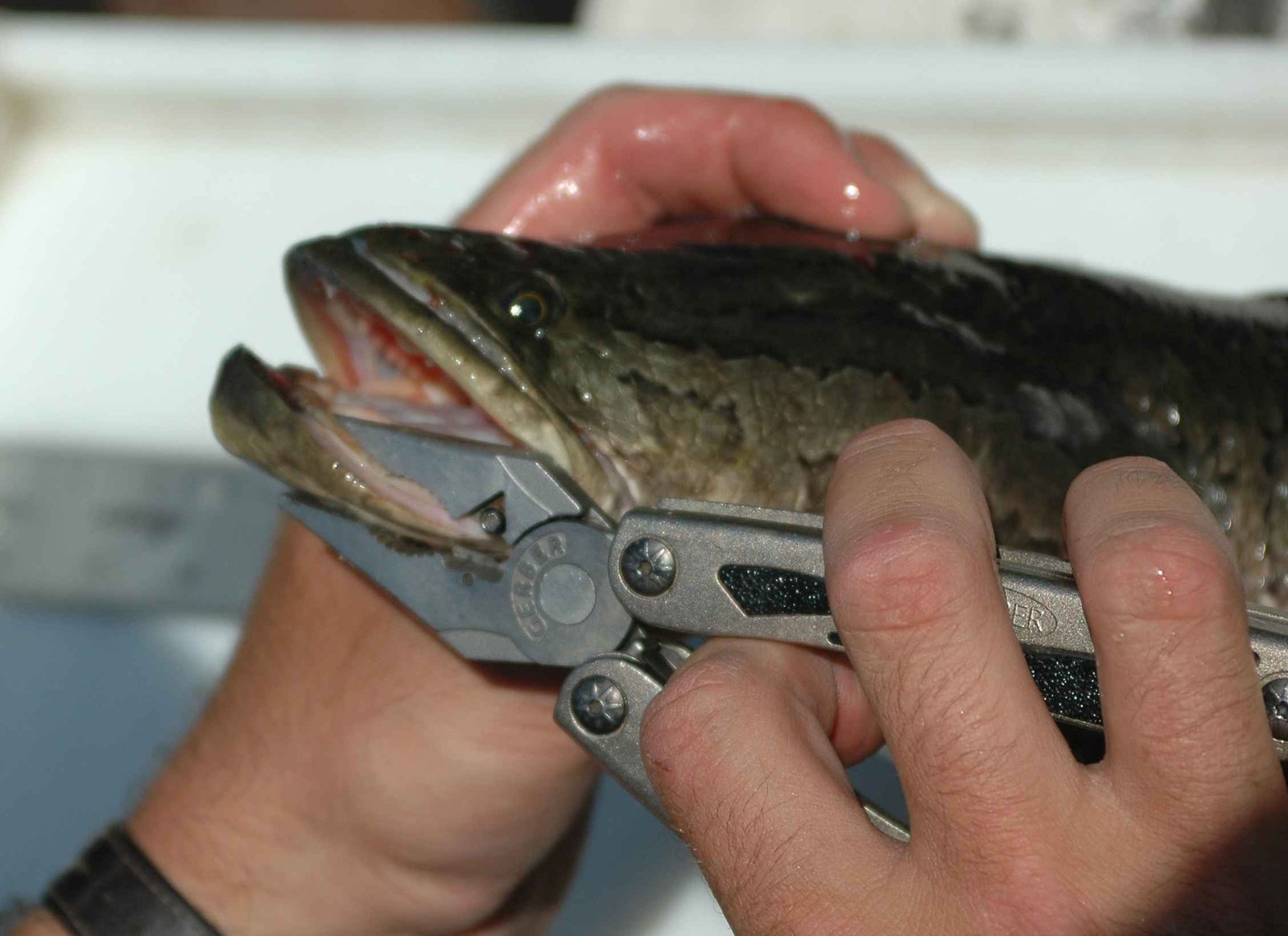
At first glance, the northern snakehead looks almost prehistoric, with its long, torpedo-like body, razor-sharp teeth, and a pattern that resembles the scales of a snake. But what truly sets it apart is its ability to breathe air through a primitive lung, allowing it to survive outside of water for several days. Its powerful body lets it wriggle and crawl over mud and grass, giving it an eerie, almost otherworldly presence. It’s a living reminder that nature still holds surprises — some inspiring, others alarming.
Out of Water and On the Move
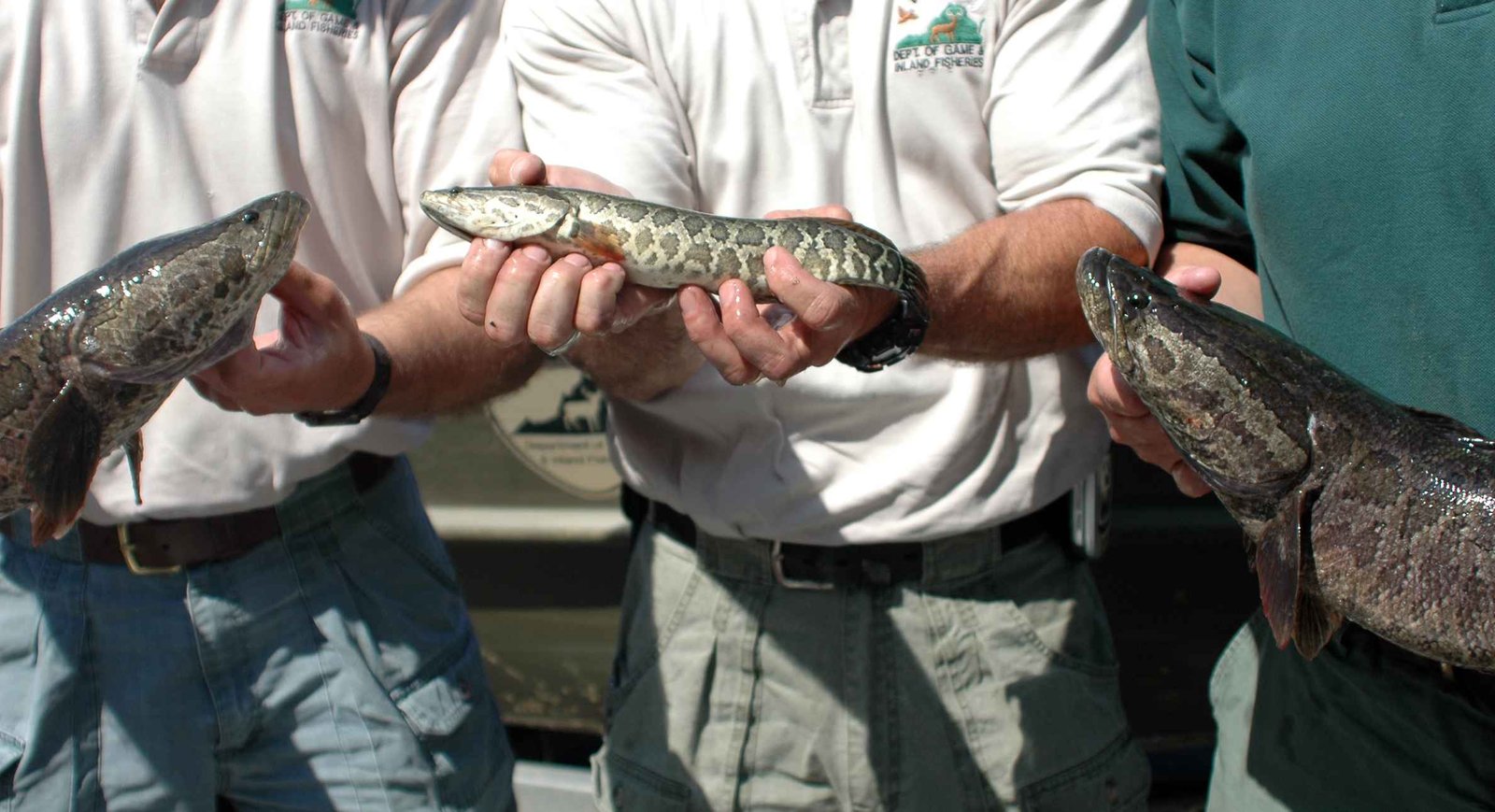
Very few fish can leave the water and survive, but the snakehead’s unique biology gives it a shocking advantage. When ponds dry up or food grows scarce, it doesn’t just perish — it packs up and leaves, slinking across land in search of new territory. This trait makes it especially dangerous in Georgia, where interconnected waterways and frequent rainfall can help it spread far and wide. It’s a fish that refuses to stay put, and that mobility is precisely what worries scientists the most.
How Did the Snakehead Get Here?
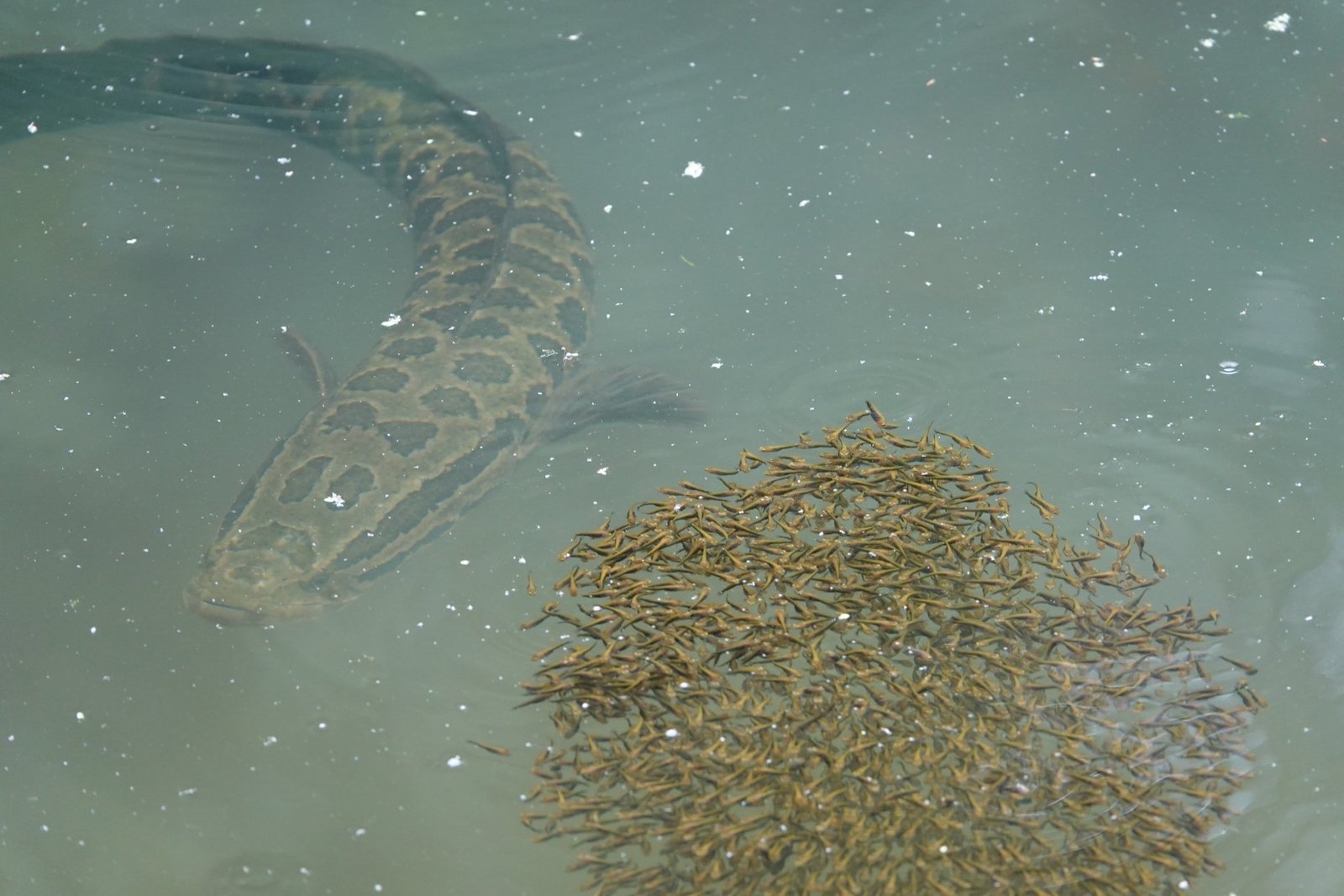
The journey of the northern snakehead to Georgia is a tale of human carelessness and unintended consequences. Most experts believe the fish was brought to the United States through the exotic pet trade or for use in Asian cuisine. Some were released into the wild, perhaps by people who didn’t realize the danger. Once free, the snakehead found the state’s warm, slow-moving waters to be a perfect home. Its arrival was silent but swift, and soon the invader began to make itself at home in Georgia’s precious waterways.
The Snakehead’s Appetite: A Threat to Native Fish
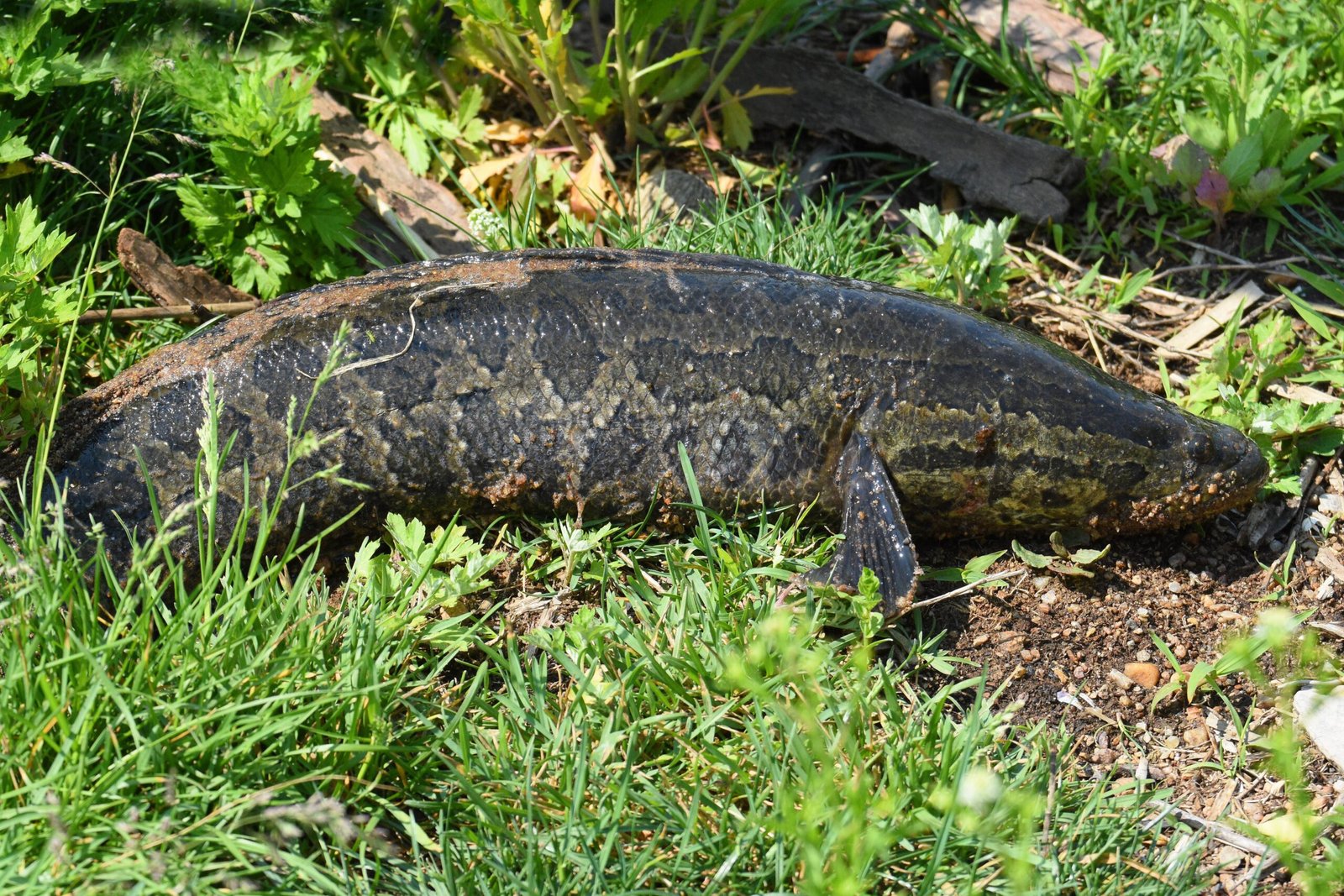
One of the most chilling aspects of the northern snakehead is its relentless hunger. This fish is a top-level predator, gobbling up smaller fish, frogs, insects, and even small mammals. In Georgia, it threatens beloved native species like bass, sunfish, and catfish, competing for food and space. Scientists warn that the snakehead’s voracious appetite could tip the scales, wiping out entire populations of local creatures and forever changing the state’s aquatic ecosystems.
Unstoppable: The Snakehead’s Fast Reproduction
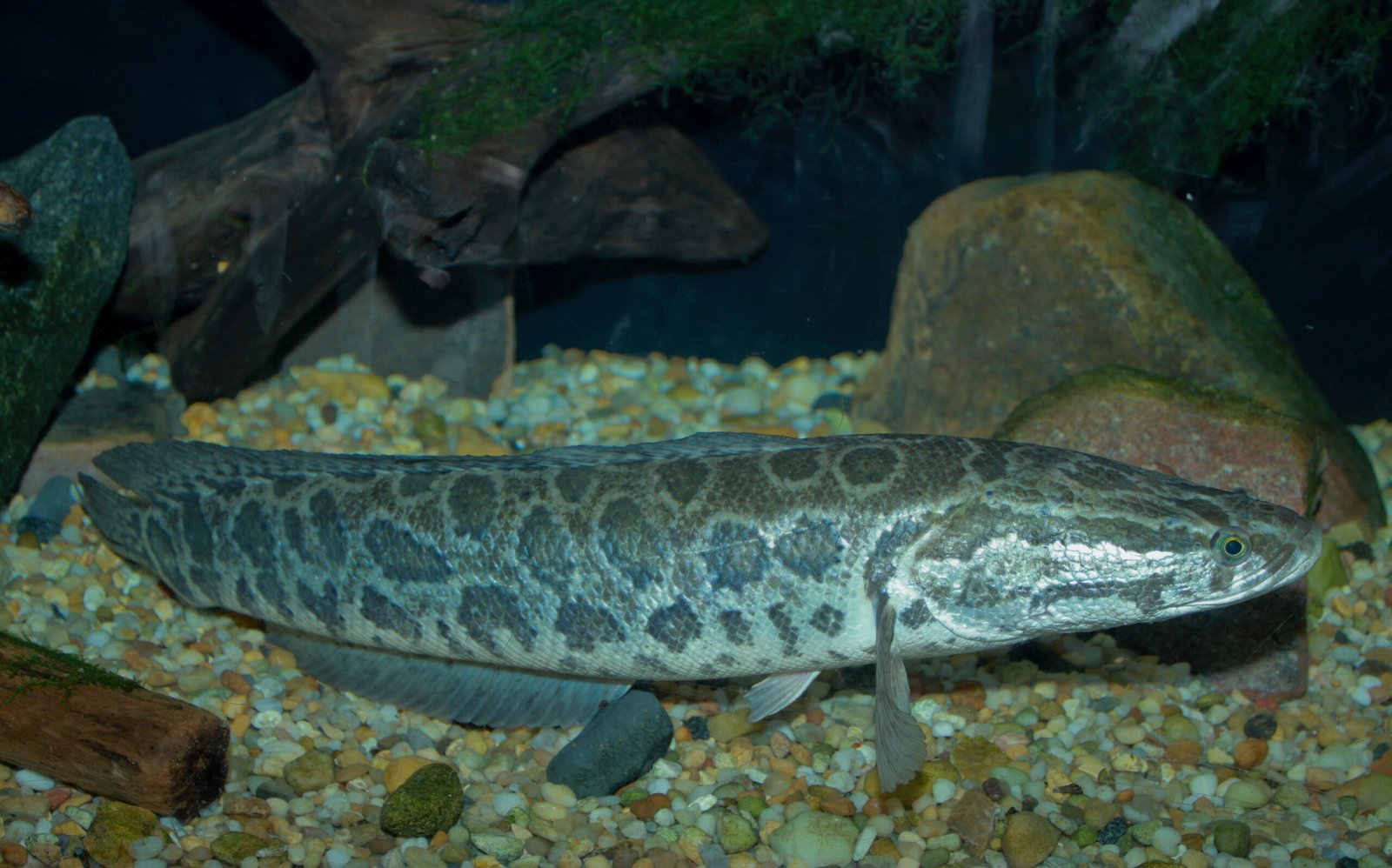
The northern snakehead doesn’t just eat a lot — it multiplies at a shocking rate. A single female can lay tens of thousands of eggs each year, and the young grow quickly into strong survivors. Unlike many fish, snakeheads aggressively guard their nests, chasing away anything that comes too close. This fierce protection helps ensure that most offspring survive, making it nearly impossible to control their spread once established. It’s a nightmare scenario for wildlife officials trying to keep Georgia’s waters safe.
Super Survivors: How Snakeheads Handle Tough Conditions
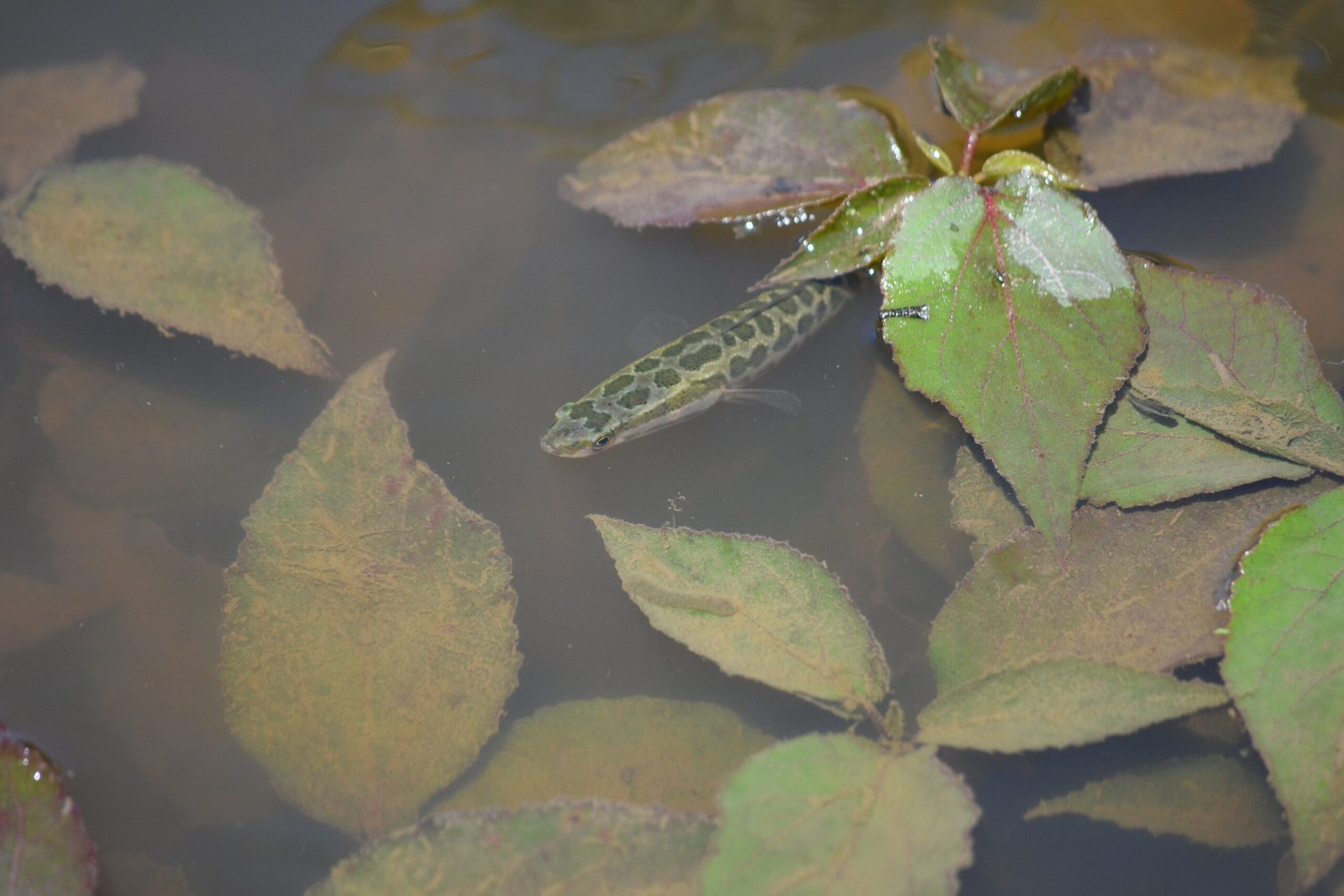
Georgia’s weather can be unpredictable, with droughts and flooding shaping its rivers and lakes. The northern snakehead is terrifyingly well-adapted to survive these changes. It can live in low-oxygen water, tolerate pollution, and even hibernate in mud during dry spells. When most fish would die, the snakehead simply bides its time, waiting for better conditions. This resilience means that eradicating the species is incredibly difficult, and it may be here to stay unless drastic action is taken.
Disrupting the Food Chain
When a predator like the snakehead moves in, it doesn’t just eat a few fish — it can unravel an entire food web. By preying on native species, the snakehead reduces their numbers, which in turn affects birds, mammals, and other animals that rely on those fish for food. Over time, this can lead to fewer birds along Georgia’s rivers, changes in plant growth, and even murkier water as the ecosystem loses its balance. The ripple effects are hard to predict but could be devastating.
Impact on Recreation and Economy
Fishing is a beloved pastime in Georgia, drawing families, tourists, and professional anglers to the state’s lakes and streams. If the snakehead wipes out popular game fish, it could hurt local businesses that depend on tourism and outdoor recreation. Tournaments, bait shops, and boat rentals all stand to lose if native fish disappear. The presence of an invasive predator has the potential to impact not just wildlife, but also the livelihoods and traditions of people across the region.
Public Health Concerns
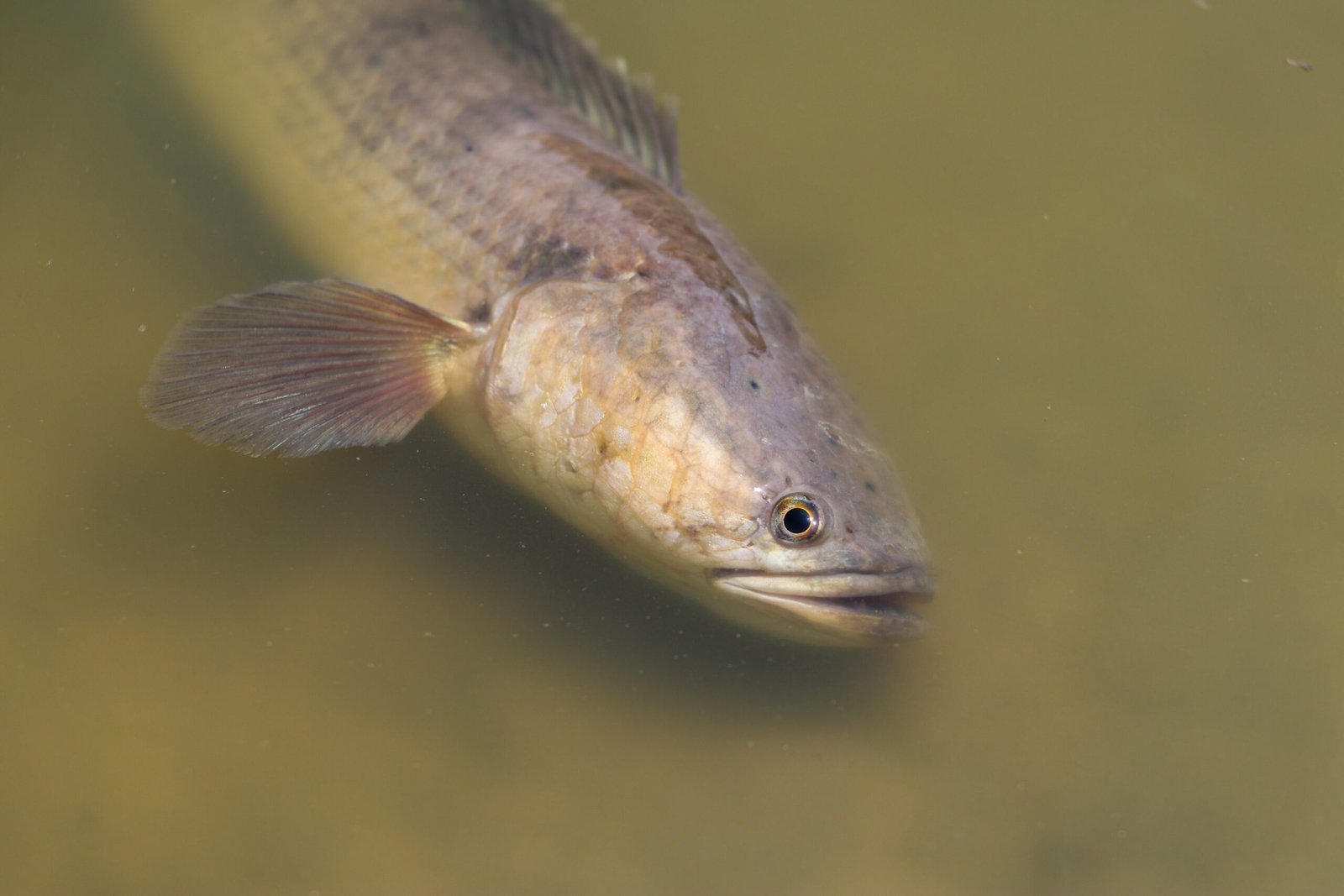
While the northern snakehead isn’t directly dangerous to humans, its presence still raises concerns for public health. In some places where snakeheads have invaded, people have reported finding them in unexpected places, even wriggling across roads after heavy rain. Their spread may also bring new parasites or diseases into Georgia’s waterways, threatening both native wildlife and people who fish or swim in affected areas.
Government Response and Control Efforts
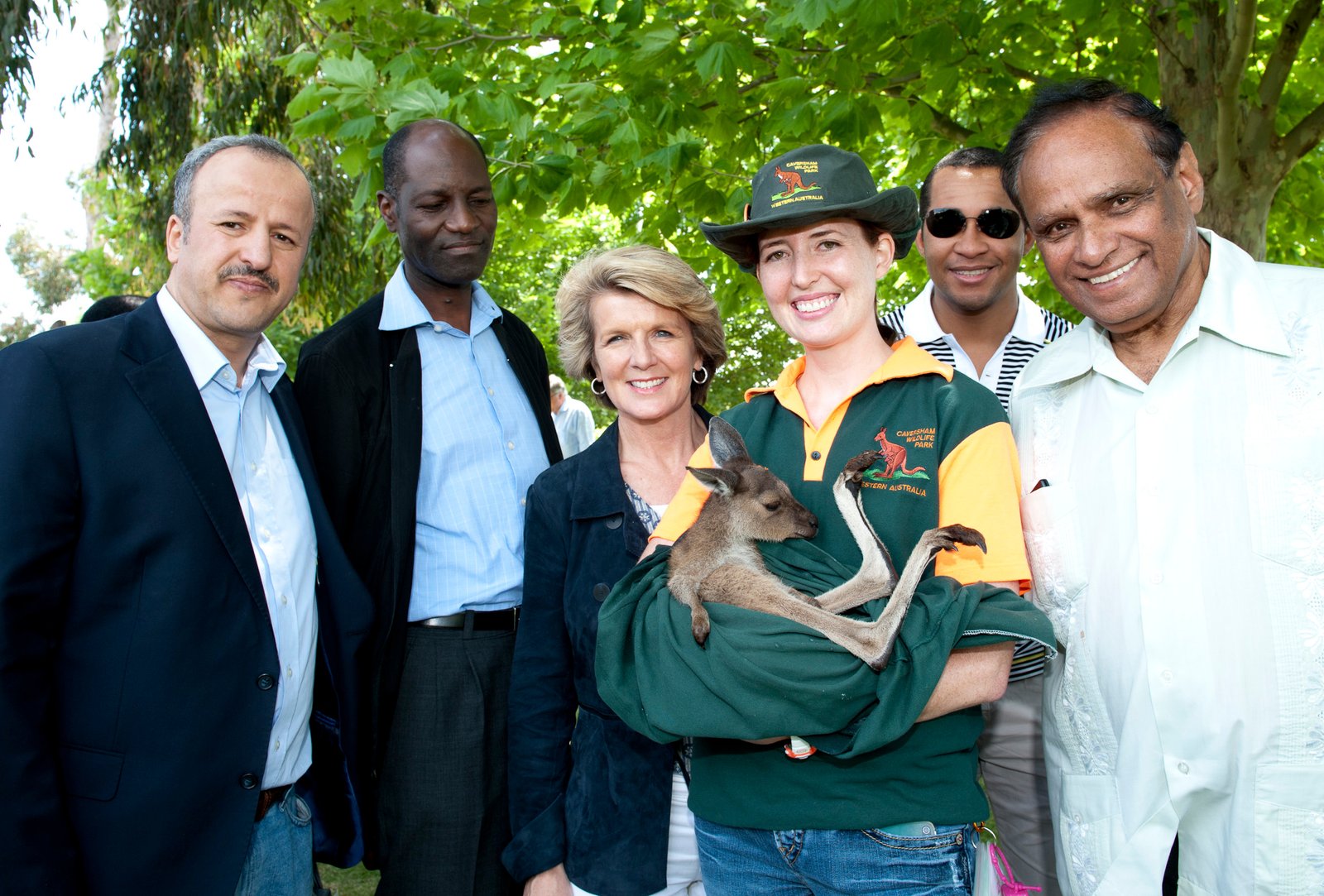
As soon as the snakehead was discovered in Georgia, wildlife officials sprang into action. They launched public awareness campaigns, urging anglers to kill any snakeheads they catch and to report sightings immediately. Some lakes and streams have been closed for treatment, and scientists are experimenting with new ways to trap or remove the invaders. Despite these efforts, the snakehead’s ability to move on land makes it a cunning and elusive foe.
What Can Ordinary People Do?

The fight against the snakehead isn’t just up to scientists and officials. Everyday Georgians play a crucial role in stopping its spread. People are encouraged never to release unwanted aquarium pets or live bait into the wild. Reporting unusual fish sightings to wildlife agencies can help experts track and contain new outbreaks. Education and vigilance are key tools in protecting Georgia’s waters from further invasion.
Lessons from Other States
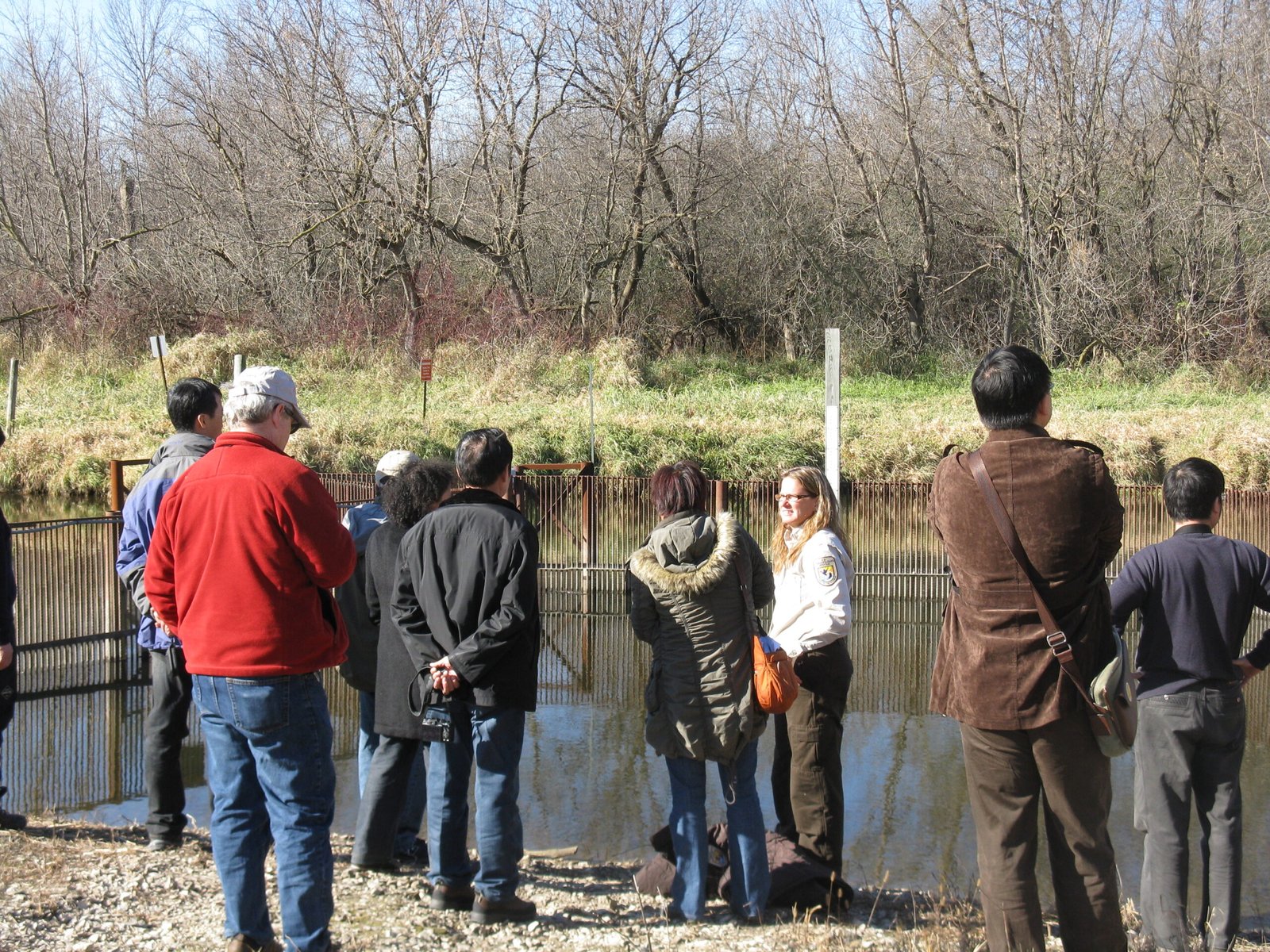
Georgia isn’t the first place to face the northern snakehead. States like Maryland and Virginia have battled these fish for years, with mixed results. In some cases, aggressive removal efforts have slowed their spread, while in others, the snakehead population has exploded. These experiences offer valuable lessons — early detection and rapid response are essential, but once established, snakeheads can be nearly impossible to eradicate completely.
Native Species at Greatest Risk
Some of Georgia’s most iconic fish are in danger because of the snakehead. Bass, crappie, and sunfish, which attract anglers from all over, could see their numbers drop. Smaller creatures like amphibians and aquatic insects are also at risk. The loss of these animals would have a domino effect, impacting birds, turtles, and even the plants that help keep rivers and lakes healthy.
The Snakehead’s Hidden Allies: Human Activity
Ironically, humans are often the snakehead’s best enablers. Construction, pollution, and habitat destruction weaken native species, making it easier for invaders to take over. Illegal releases and careless disposal of live fish give the snakehead new footholds. In a way, our own actions have paved the way for this resilient predator to thrive, highlighting the importance of responsible stewardship of our natural resources.
Changing the Way We Manage Wildlife
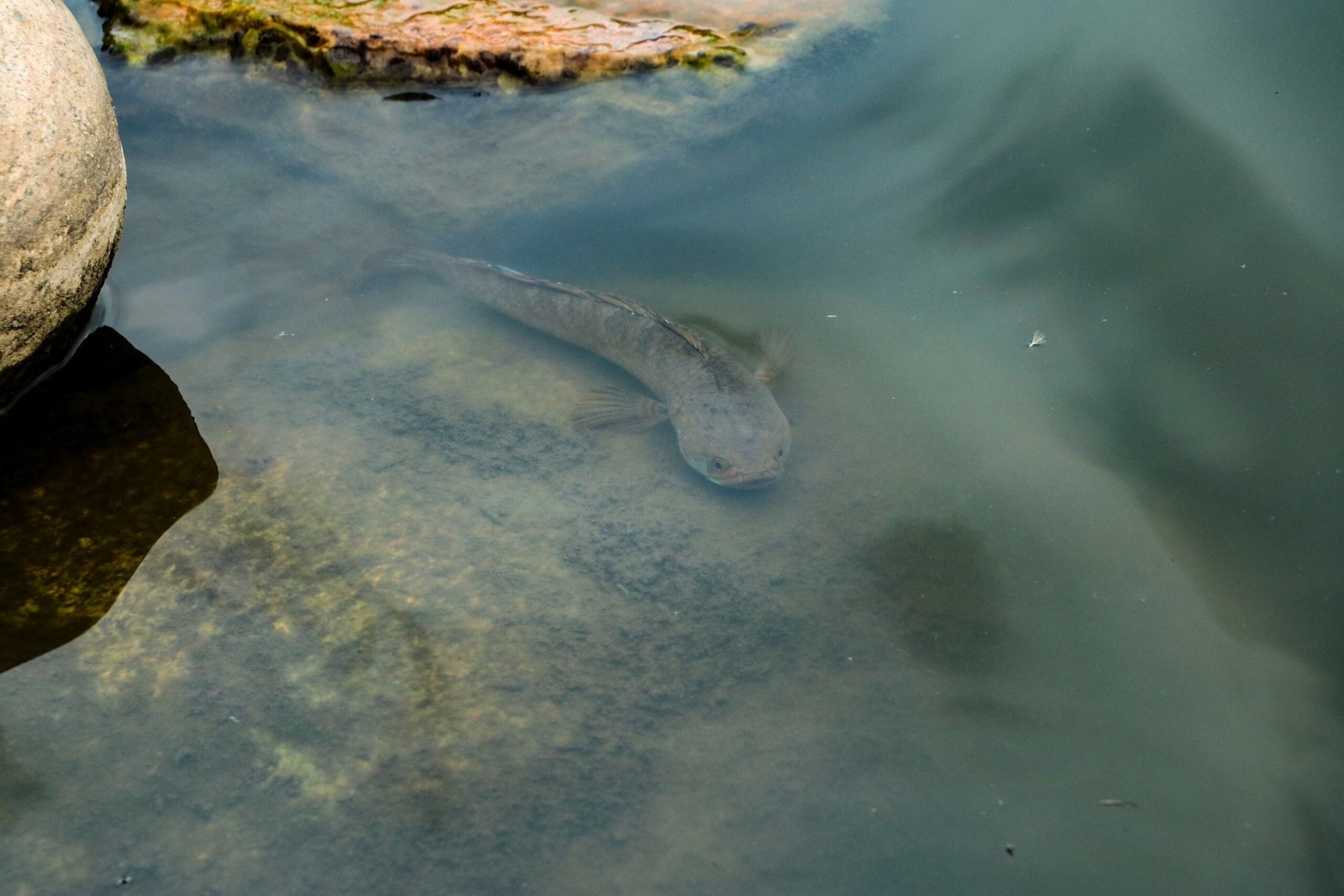
The snakehead’s arrival has forced Georgia to rethink its approach to wildlife management. Traditional strategies for dealing with invasive species may not work against a fish that can walk, breathe air, and reproduce so quickly. New technologies, community education, and regional cooperation are all being explored as ways to limit the snakehead’s impact. This crisis could lead to lasting changes in how we protect the state’s natural treasures.
Could There Be Any Benefits?

Some argue that, over time, invasive species can find a place in their new environments. The snakehead is edible, and in some cultures, it’s considered a delicacy. A few adventurous chefs have even begun serving it in local restaurants. However, most biologists agree that the risks far outweigh any potential benefits. The disruption to Georgia’s ecosystems could take decades to reverse, if it’s even possible at all.
The Future of Georgia’s Waters
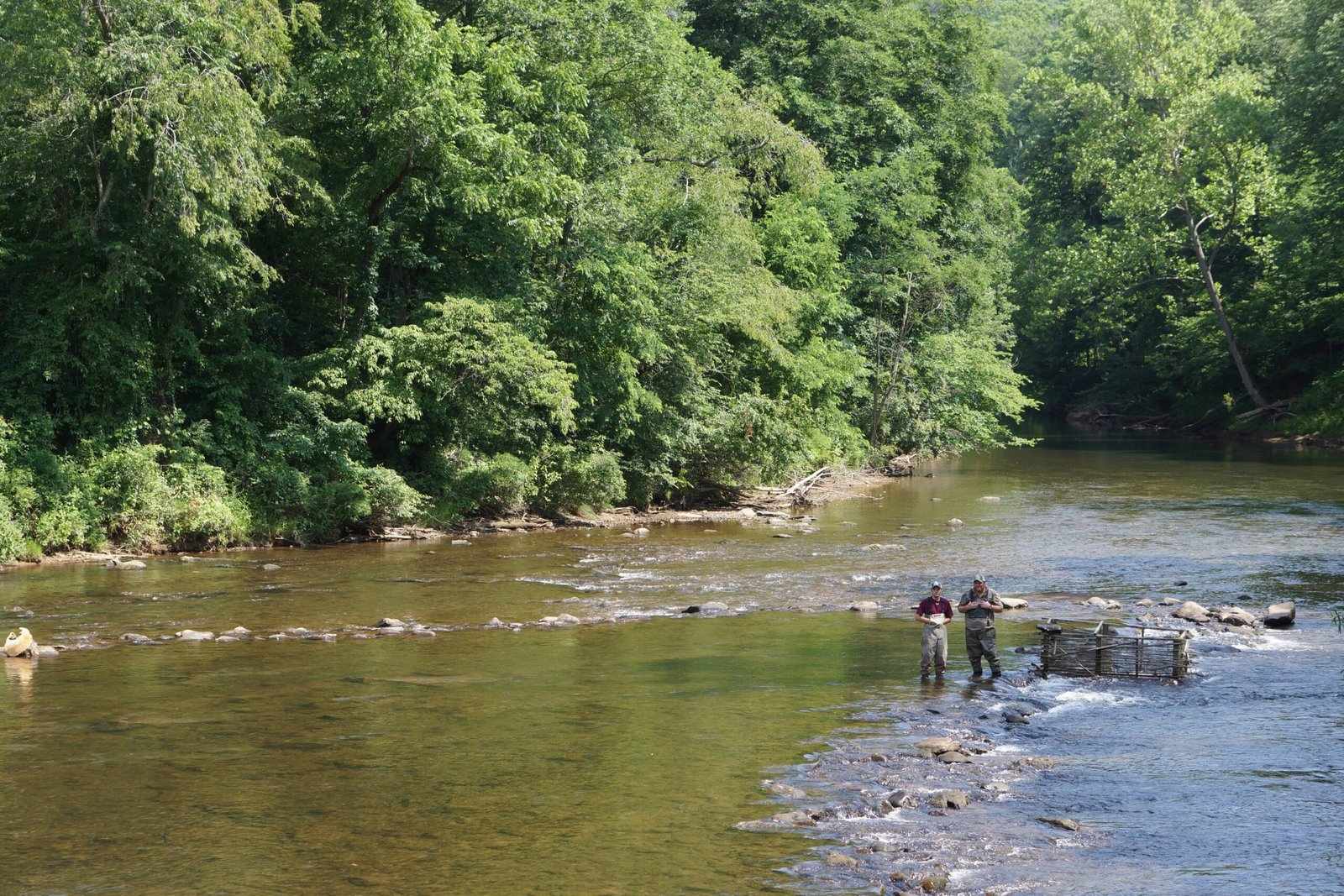
No one knows for sure what lies ahead. If the northern snakehead continues to spread, Georgia’s rivers and lakes could look very different in just a few years. Native fish might become rare, and the very character of these waterways could change. But with vigilance, science, and community action, there’s still hope for turning the tide and protecting the natural beauty that defines Georgia.
A Wake-Up Call for Conservation
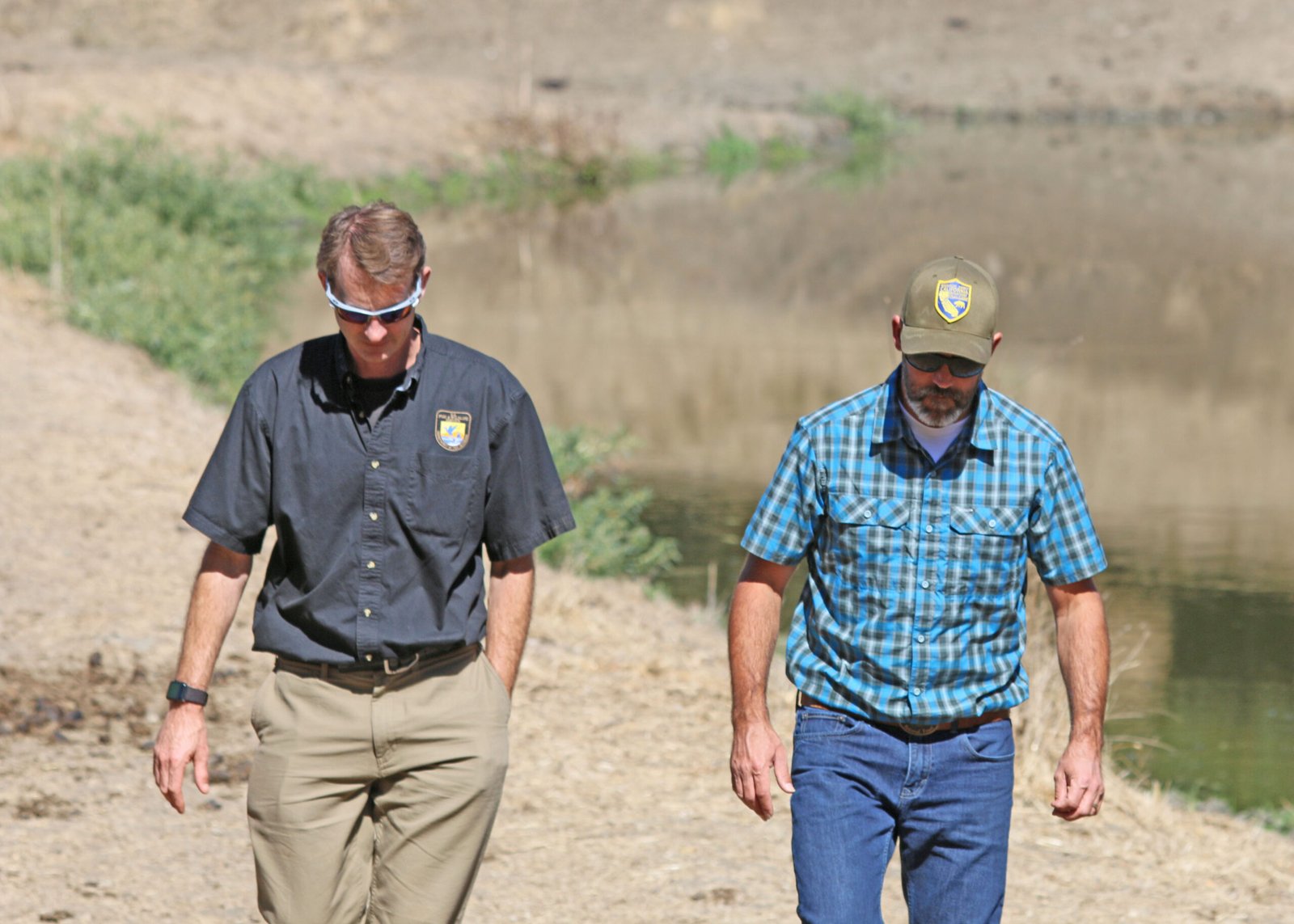
The story of the fish that walks on land is a powerful reminder of how interconnected our world truly is. One careless act — a fish released into the wrong place — can set off a chain reaction with far-reaching consequences. It is a call to action for everyone who cares about nature, urging us to be better guardians of our environment and to recognize that even the strangest creatures can teach us valuable lessons about balance, respect, and responsibility.




